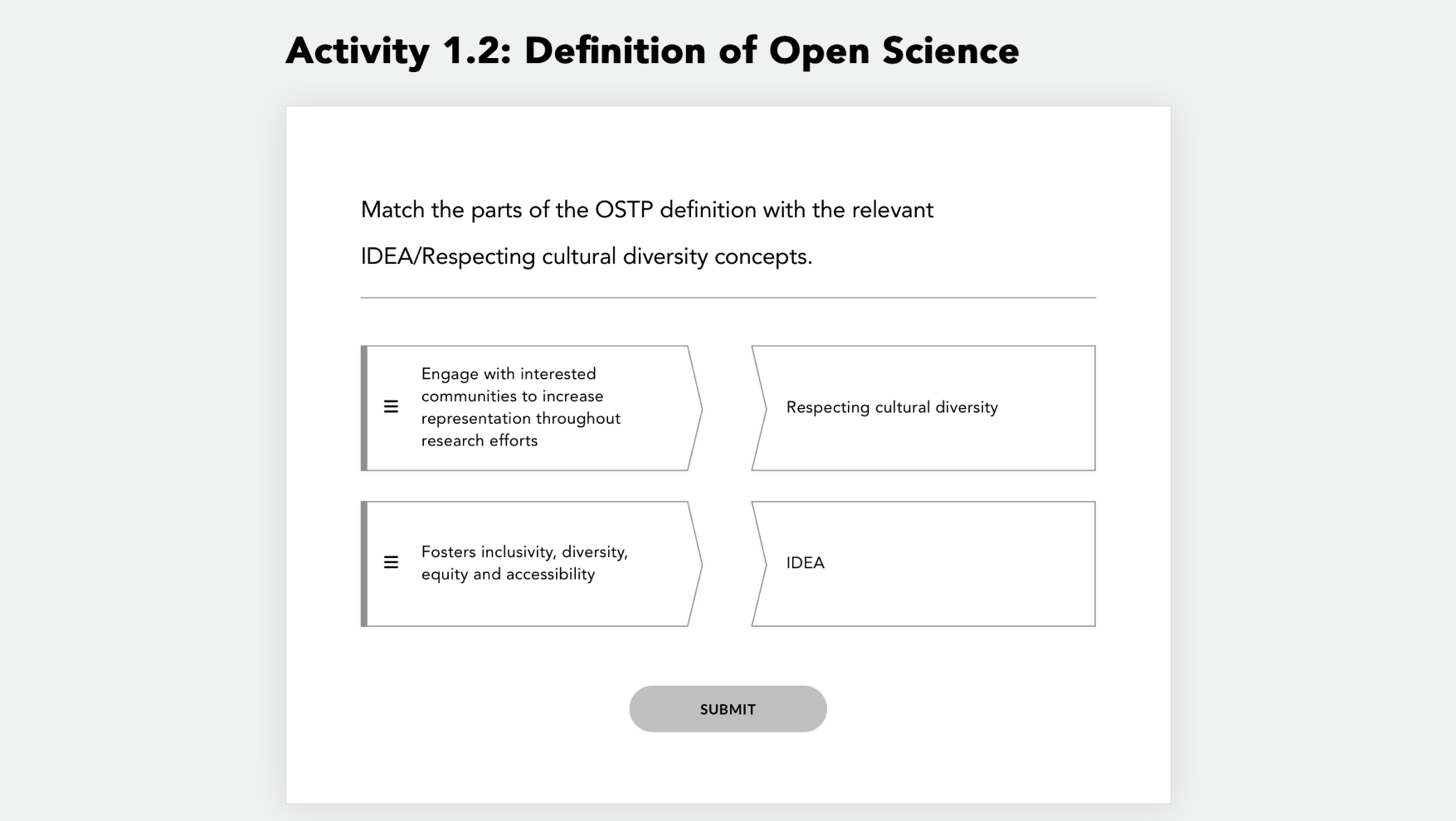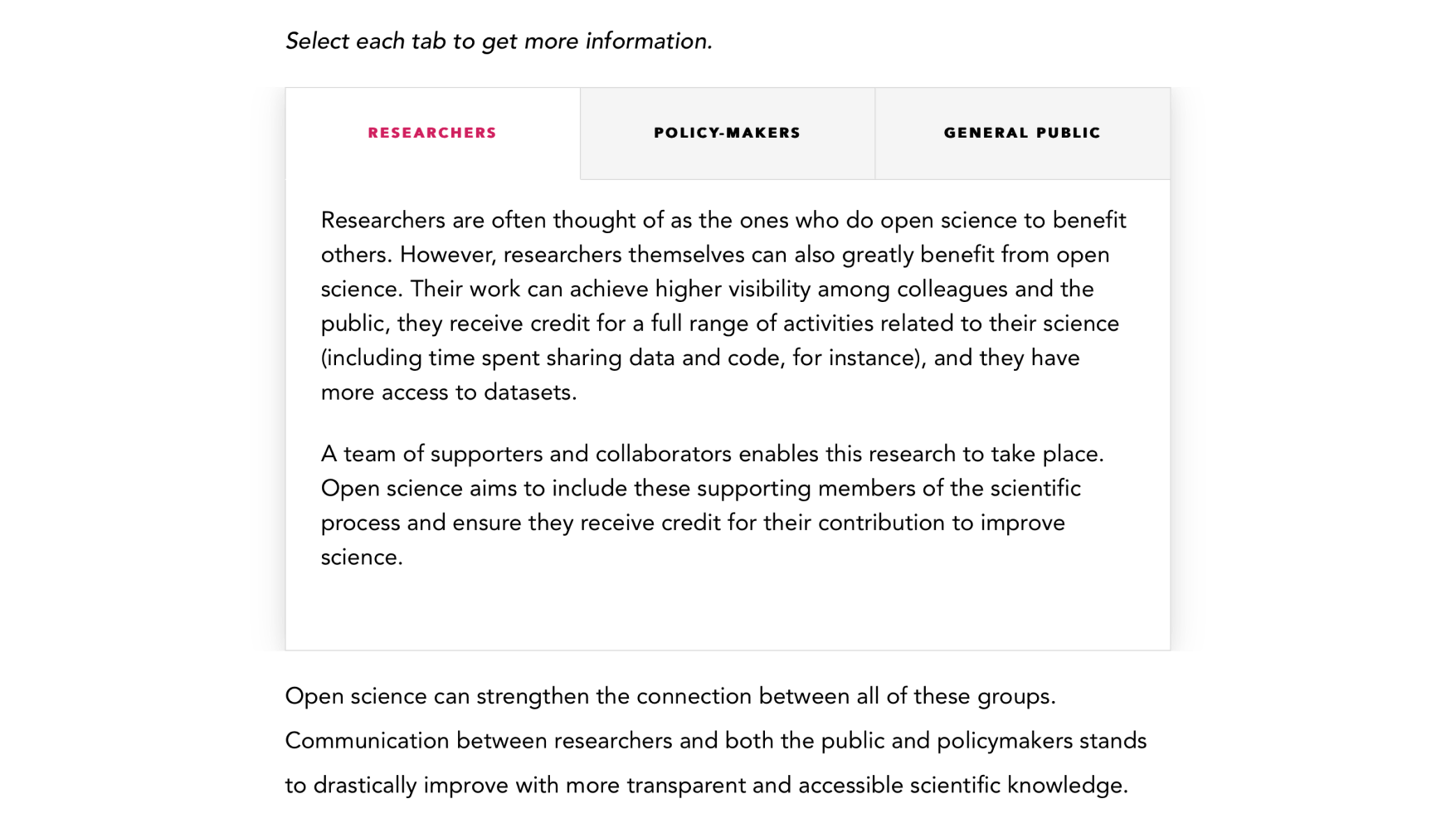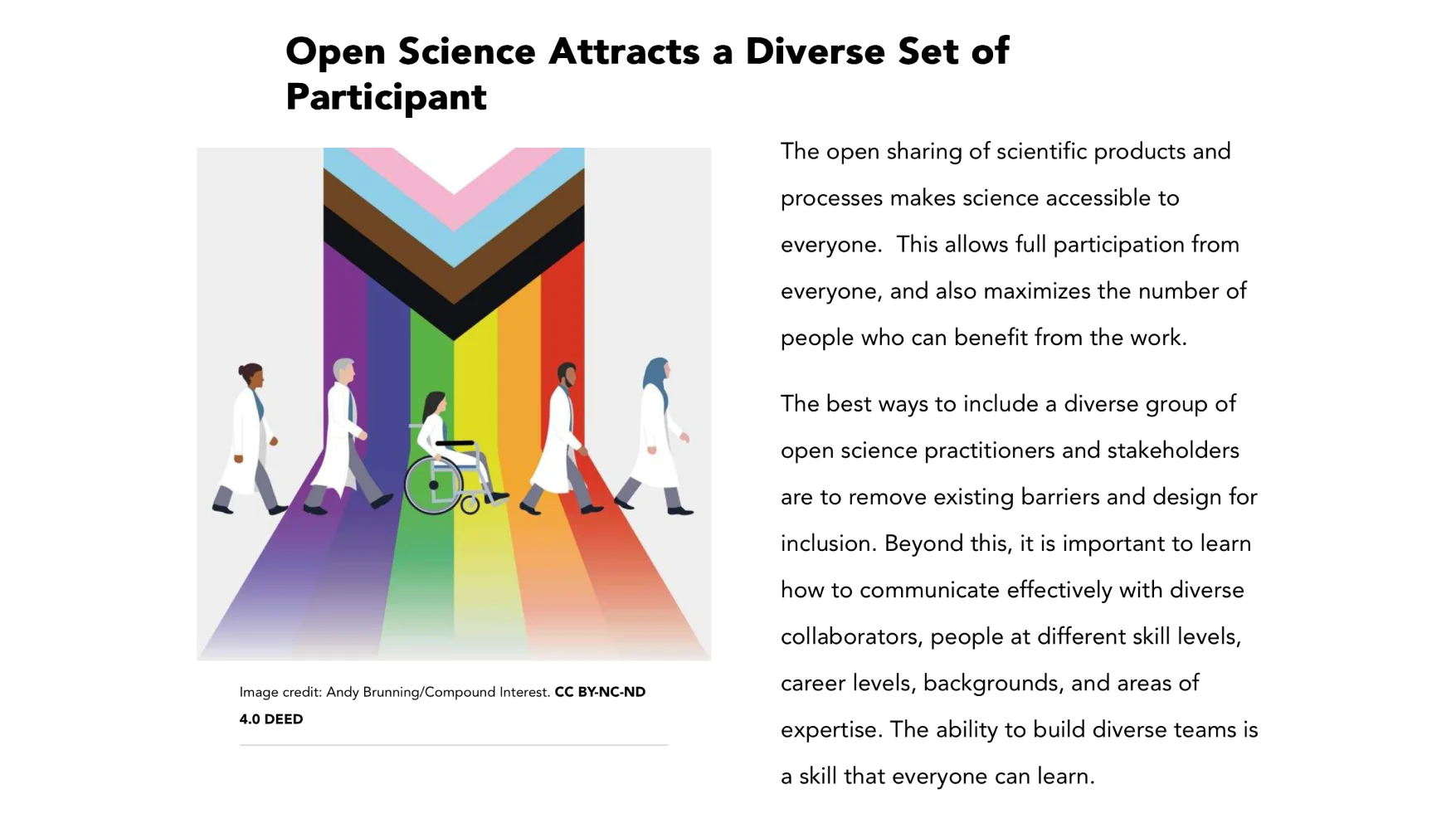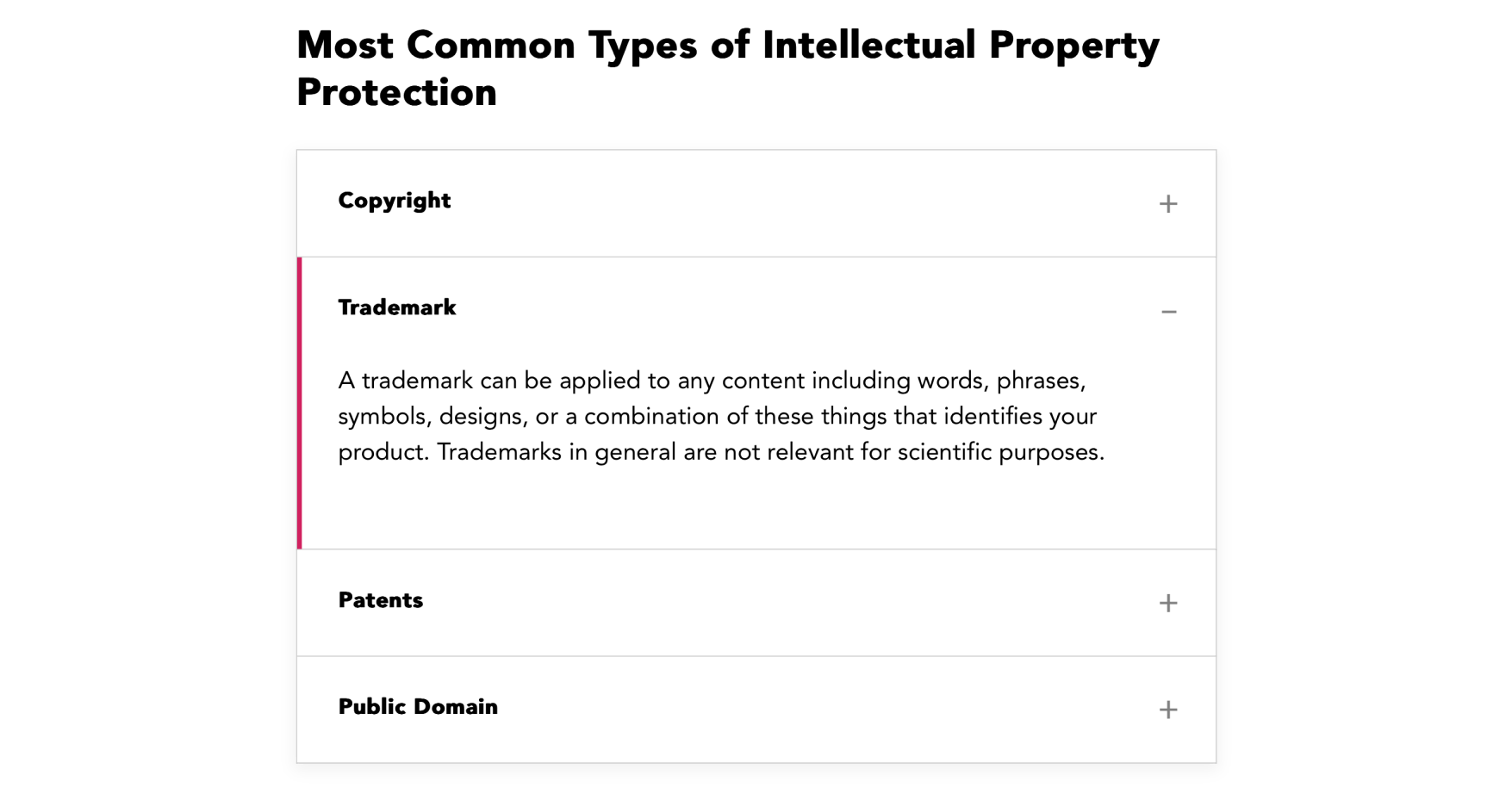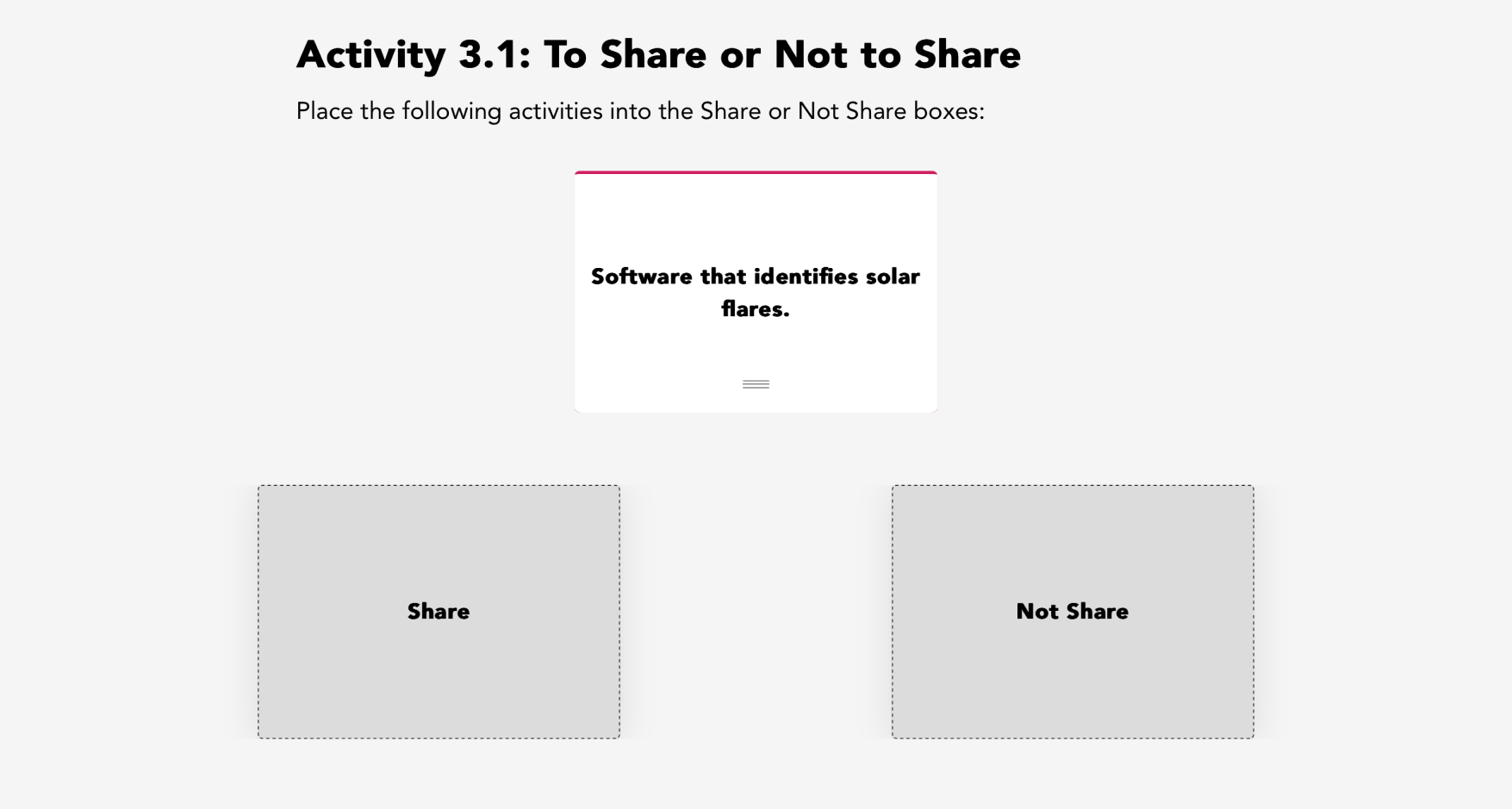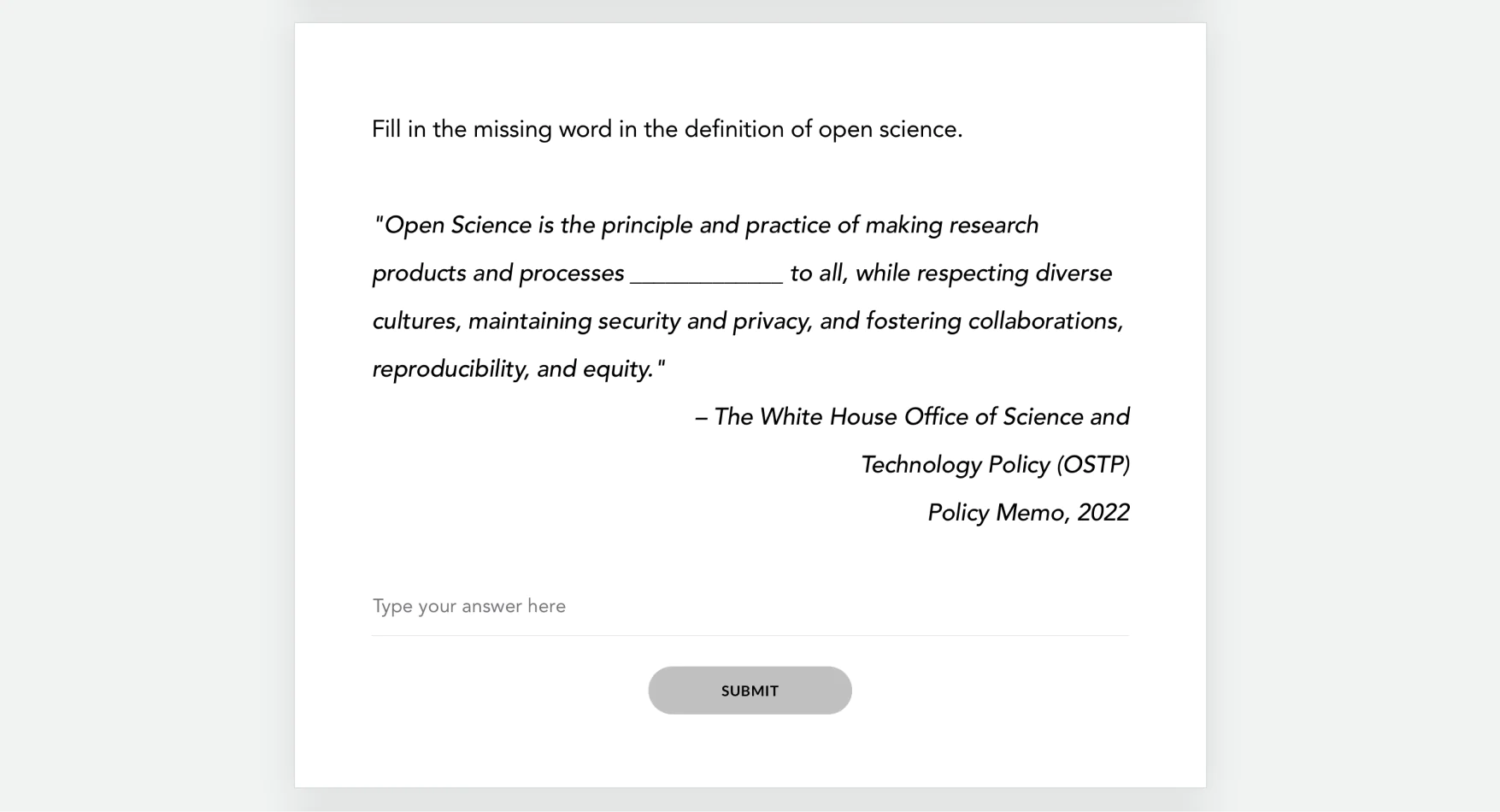Success Story of NASA's Open Science 101 Curriculum

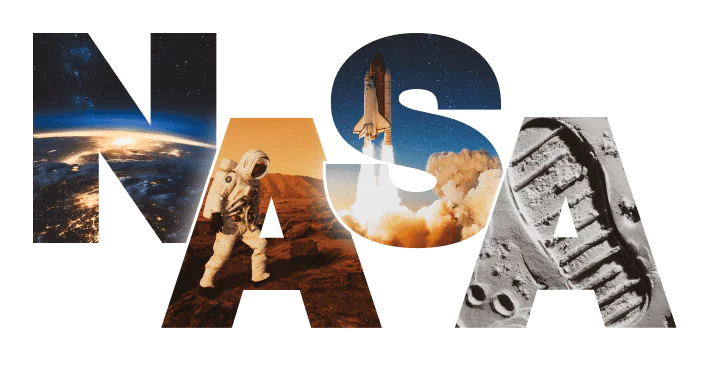

The Customer

NASA (National Aeronautics and Space Administration) explores the unknown in air and space, innovates for the benefit of humanity, and inspires the world through discovery.
NASA released its free Open Science 101 curriculum to empower researchers, early career scientists, and underrepresented communities with the knowledge and tools necessary to embrace open science practices.

Ames Research Center

Ames Research Center is a key NASA field center at the forefront of pioneering research and development since its establishment on December 20, 1939
Ames plays a central role in advancing aeronautics, exploration technology, and scientific innovation within NASA’s mission. Learn More About Ames
Location:
Moffett Field, California
Project Overview
Main Goals
- 5 Modules Covering Various Aspects of Open Science.
- Engaging Content Delivery for Enhanced Awareness.
- Available On-demand via the E-learning Platform.
- Designed by Instructional Design Experts for Optimal Learning Outcomes.
Challenges
Stages of Project

- Provision of materials for each module by subject matter experts from the Customer.
- Determination of treatment and presentation formats for curriculum materials.

- Transfer of materials to Rise 360, publication, formatting, and preparation for delivery.

- Module testing and proofreading in Rise 360.

- Publication on a special e-learning portal.
- Beta testing by the customer, gathering feedback, and improving based on feedback.

Realization

- Tabs
- Interactive images
- Matching questions
- Sorting activities (Drag and Drop)
- Videos
- Accordions
- Quizzes (single choice, multiple choice, true/false)

- Content managers
- E-learning developers
- Instructional designers
- Subject Matter Experts from NASA.



